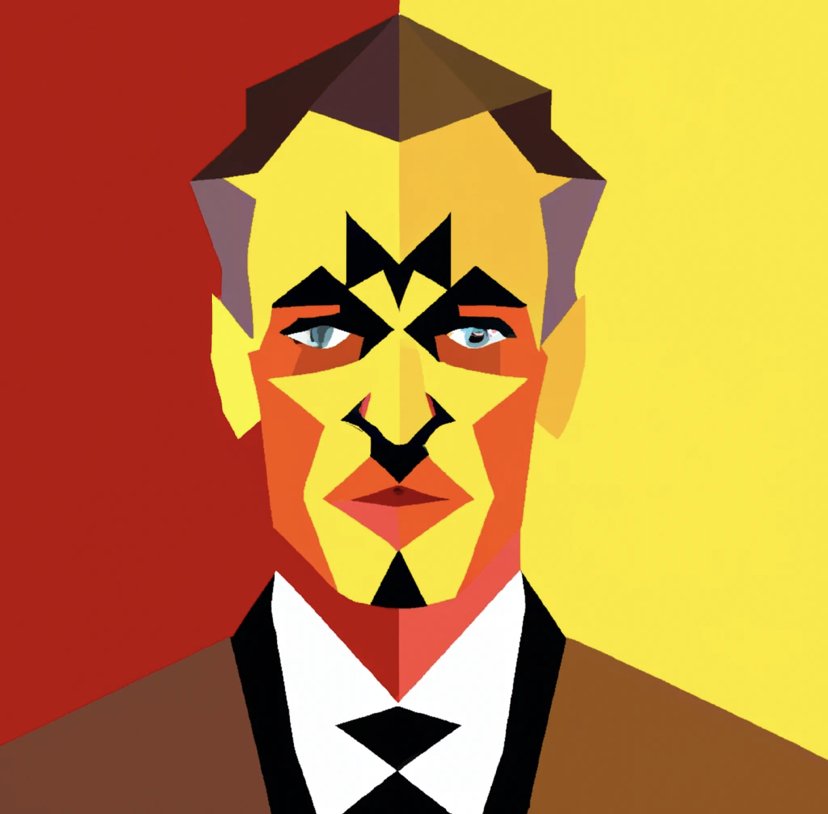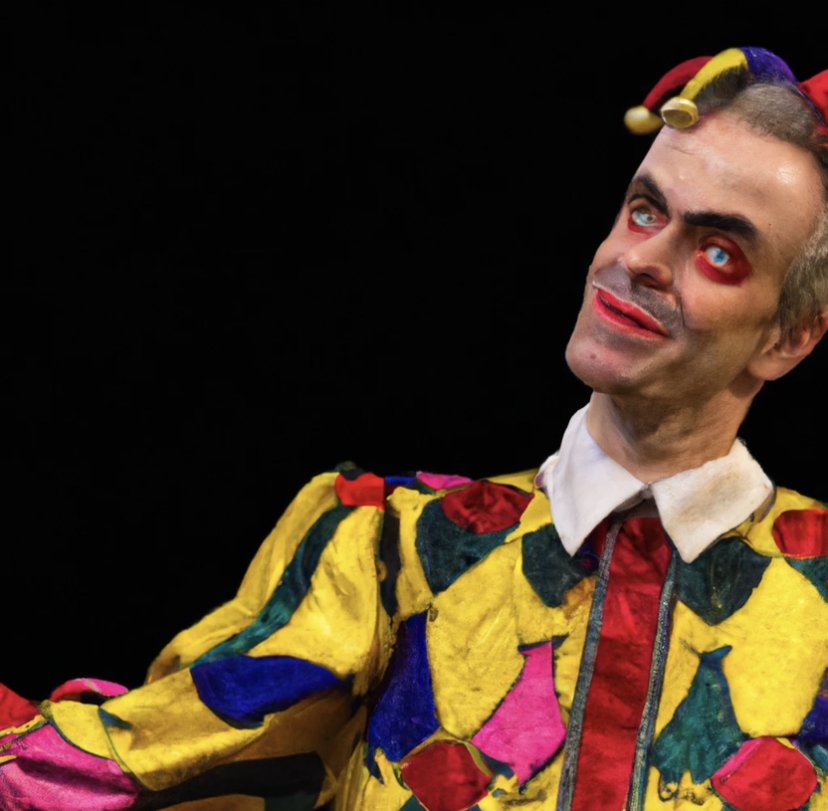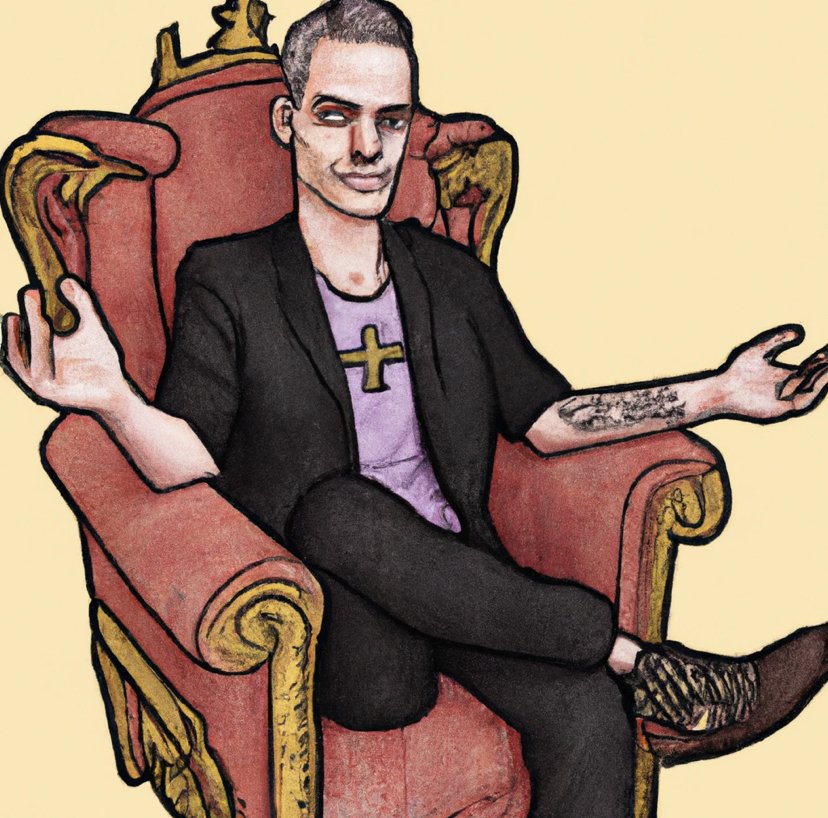JORDAN PETERSON RE:PUBLIC
“Despite my proclivity to feel guilt, which is quite substantive. And despite my temperamental unwillingness to engage in conflict. Not only do I not see what I did wrong. I think what I’ve done on the public communication front is my responsibility as a clinician to tell the truth about what I see.
SO WE’LL MAKE IT PUBLIC! ”
JORDAN PETERSON was first introduced to the world in 2016, via the news-media fervour that surrounded his public criticism of Ontario Canada’s legislation of alternative pronoun usage beyond the gender-specific personal pronouns s/he in the English language. His rejection of the legislation was a very public proclamation and (what he felt) defence of free speech against the emergent societal hue and cry of political correctness.
In one of his first mainstream TV appearances, following the heated student protests surrounding the pronoun issue on the campus of the Toronto University where he taught, Peterson debated with fellow university non-binary professor, A.W. Peet on CBS News. The latter academic demonstrated, in no uncertain terms, a critique of Peterson’s individualism in the wake of public attention Peterson was receiving for his criticism of the legislation, and public attention Peet invalidated — with a slice of competitive academic envy — as a “tempest in a teacup”. How wrong Peet was! Peterson has since accumulated 7.4m followers on YouTube; 4.6m on X (formerly Twitter); and 5m book sales for his 2018 bestseller 12 Rules for Life; An Antidote to Chaos.
In 2019 I was reintroduced to Peterson by a student who was “saved” by his 12 Rules — not the last time I would encounter, in real life, “saved” and “Jordan Peterson” mentioned in the same breath. I was curious. So I went online and discovered that Peterson had become a YouTube phenomenon in a broad spectrum of academic and cultural settings. He was debating (what his followers describe as “destroying”) intellectuals and philosophers — Left and Right but mainly Left —like Sam Harris and Slavoj Žižek. There was even an interview with a gallery director about the psychology of the artist, which was fascinating from a psychological perspective.
Yet even though the philosophical and psychological foundations of Peterson’s ideas are very well articulated and convincing at times, the overall delivery of his opinions, their Nietzschean and doctrinal sources, and the trenchant subjectivities that make up the matrix of his conservative and christian-leaning beliefs, is questionable. I believe that Peterson the saviour is a phenomenon that says more about the culture we now live in than the individuals — Elon Musk, Joe Rogan et al — that run the hyper-mediated show online (i.e., Andrew Tate’s interview with Tucker Carlson became the most watched video of all time online in 2023.)
It was Elon Musk’s X and the Joe Rogan Podcast where the public paper trail of Peterson’s critical oratory — from criticisms of Justin Troudeau (the Canadian prime minister) and doubts regarding economic predictions based on climate-change science, to deadnaming actor Eliot Page and other antagonistic transphobic online commentary — that the Ontario court upheld the bizarre order of social media training and reeducation issued by the College of Psychologists of Ontario. Peterson has been ordered by the court to partake in a 12-month programme and pay for the retraining, or he will lose his clinical licence. Peterson is no longer a private clinician due in part, if not fully, to his growing publicness and messianism.
Critics of Peterson generally invalidate his opinions by labelling his audience as mainly disenfranchised young white men (INCELS). They also bring up his christian conservatism, which, before his close brush with death during the pandemic, seemed more Jungian mythical and archetypal. It’s easy to demonise Peterson, especially within the context of his audience and extended brat pack of epigones and gaslighters, like Ben Shapiro. But… I thought I had a But…
Last week, the now infamous psychologist appeared on his YouTube channel dressed in a suit that was a harlequin patchwork of asymmetrically placed yellow, red, black and silver, with Peterson’s signature vertiginously and cursively scrawled on one lapel. His address to his YouTube followers in the presence of his daughter, Mikhaila, who fielded dad’s responses and criticisms of the court ruling, was very specific and precise in terms of word-use. And yet you have to question Peterson’s bedside manner when he likened transgender surgery to “1930’s lobotomy”, and described the profession of the surgeon as the preferred job of choice of the psychopath.
Peterson’s repeated use of the word “professional” in the address has stuck with me above all other provocations in his YouTube response. Especially within the YouTube setting, where Peterson has found himself broadcasting to the world, untethered to an institution, wearing Harvey Dent inspired fashion, and far, far away from the Toronto University campus steps where he was first found dressed in a simple generic black suit, white shirt and tie, and an audience of ragtag students being pulled this way and that by ideologies propelled by energy not experience. Back then Peterson was private as both an educator and clinician. According to his academic peers, so private that any attention achieved would only amount to a “tempest in a teacup”.
Today Jordan Peterson is “public”, with no intuitional straight jacket to bind his words, no matter how divisive and offensive. His financially costly appeal against the court ruling has nothing to do with keeping his licence as a psychologist. He can get another licence in another Canadian jurisdiction. No. This is Jordan Peterson saving us again from the plight of legislative rule by governmental institutions with what he believes are arbitrary and self-serving regulations and rules that spoil what was yesterday called the truth and tomorrow a lie.
Peterson’s objection to the legislation of alternative pronouns thrust him into the limelight; this current objection with yet another Ontario institution will just add to that thrust. It’s interesting to note that the etymology of limelight comes from the 1800s, “when theatre stages were lit by heating a cylinder of the mineral called lime — the result was an intensely bright white light. The word limelight came to have its figurative meaning of at the centre of attention.”
Like the repeated use of the word “professional”, I can’t get Peterson’s suit out of my mind either, what I described earlier, as a “harlequin patchwork of asymmetrically placed yellow, red, black and silver, with Peterson’s signature vertiginously scrawled on one lapel”.
The figure of the harlequin in the philosophy of one of my favourite philosophers, Michel Serres, is someone who peels off their multicoloured threads to reveal another and another and yet another multicoloured garment, until a naked and tattooed body finally emerges after successive disrobes to reveal “a medley of colours than skin”. Further, the harlequin in Serres’ philosophy is a figure who “mixes genders so that it is impossible to locate the vicinities, the places, or borders where the sexes stop and begin”.
When broached on the subject of politics, the psychoanalyst and essayist, Adam Phillips, turned down the invitation, denouncing the idea of the political psychoanalyst as “grandiose”. Politics has to be public and grandiose or else it is impotent. The same publicity goes for the heralding aloft of the enemy contra the privacy of the friend in Derrida’s philosophy of friendship. There is something about Peterson’s publicness that is increasingly grandiose and theatrical, not to mention the increased and very public shedding of tears. Lest we forget, the limelight has a theatrical provenance. And when we undress the harlequin we are witnesses to “a medley of colours than skin”.—James Merrigan
*Images prompted by author using the name “Jordan Peterson” and various descriptors (without images) on AI system OpenAI DALL·E








